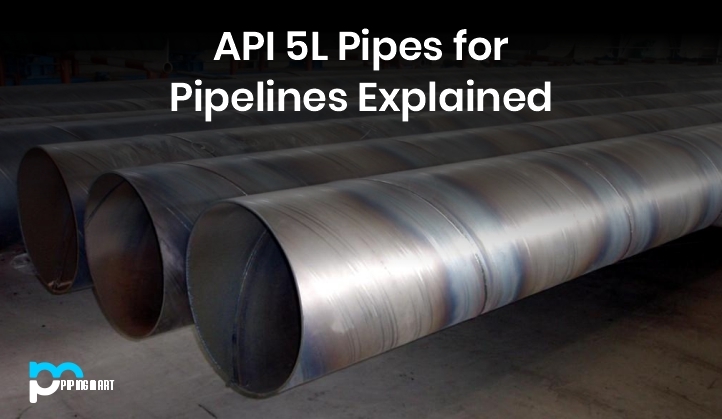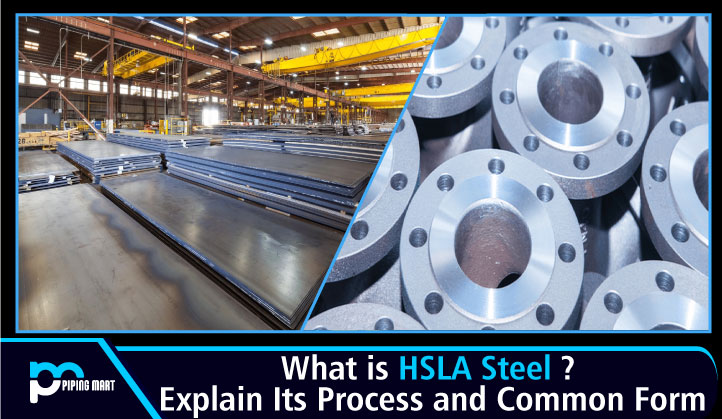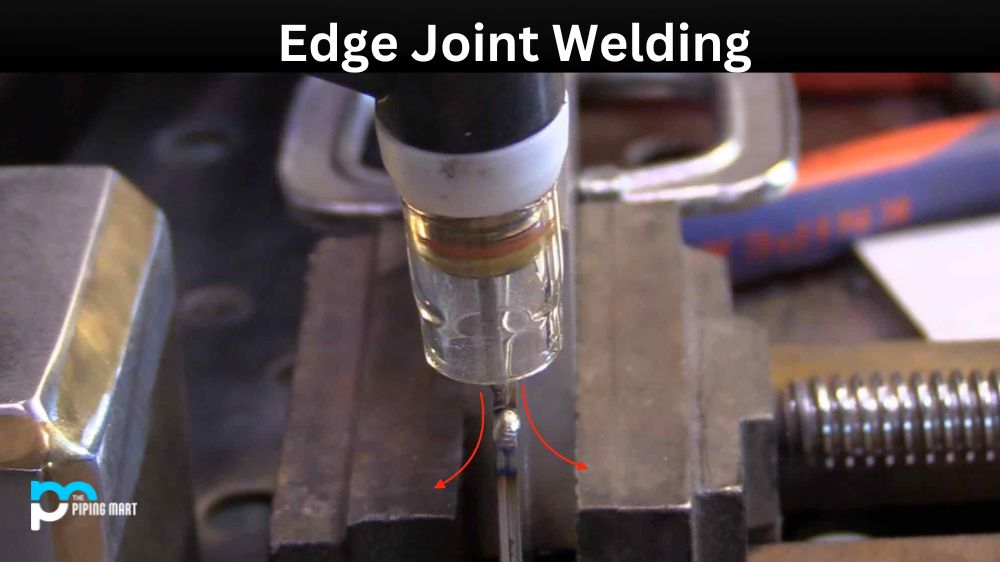Industrial valves have many different types and styles to choose from, each with unique features and benefits. One type of valve that has become increasingly popular in recent years is the tank bottom ball valve. But what exactly is a tank bottom ball valve, and why might it be the best option for your industrial application? In this article, we will dive into the specifics of tank bottom ball valves, explore their advantages, and discuss the available types.
What is a Tank Bottom Ball Valve?
A tank bottom ball valve is a type specifically designed for use in the bottom of tanks or vessels. The valve features a ball inside the body, which controls the flow of the transferred substance. The valve is typically connected to the tank or vessel using a threaded or flanged connection, and it can be opened or closed without disturbing the tank or vessel’s contents. The design of tank bottom ball valves is beneficial because they allow complete draining of the tank or vessel, ensuring no residual product.
A tank bottom ball valve is designed specifically for industrial tanks and containers. It controls the flow of liquid or gas from the bottom of the tank, providing a safe and efficient way to empty or fill the container.
The design of this valve consists of a spherical ball-shaped rotor with a hole passing through its center. This ball rotates within two seats, one fixed and one moving, allowing precise control over the flow. When fully open, the hole in the ball aligns with both seats, allowing for maximum flow rate. When closed, it creates an effective seal, preventing any leakage.
This type of valve is unique in its ability to handle high-pressure applications while maintaining low torque requirements for operation. This means less energy is required to turn the valve, making it more economical and environmentally friendly than other valves.
Tank Bottom Ball Valves: An Overview of Types and Uses
Types of Tank Bottom Ball Valves
There are two main types of tank bottom ball valves to choose from: manual and automated. Manual valves are operated by hand, using a lever or handle to open or close the valve. On the other hand, automated valves use an actuator to open and close the valve automatically, making them ideal for applications that require frequent valve operation or where remote operation is necessary. Each type of valve has its advantages and disadvantages, so it’s essential to consider the specific needs of your application before making a decision.
Advantages of Tank Bottom Ball Valves
There are several advantages to using tank bottom ball valves over other valves. For one thing, they offer complete drainage of the tank or vessel, which is especially important when handling hazardous or expensive substances that must be completely recovered. Additionally, tank bottom ball valves are generally easy to install and can be customized to meet the specific needs of your application. Finally, because they are made from high-quality materials such as stainless steel or carbon steel, they offer excellent durability and resistance to corrosion, making them ideal for use in harsh industrial environments.
Applications for Tank Bottom Ball Valves
Tank bottom ball valves are used in various industries and applications, including chemical processing, pharmaceutical manufacturing, food and beverage processing, and more. Industries that require frequent cleaning or product changes can especially benefit from using tank bottom ball valves, as they allow for complete tank drainage without disassembly.
Conclusion:
In conclusion, tank bottom ball valves are a valuable tool for any industry that requires transferring materials from tanks or vessels. They offer complete tank drainage, are easy to install, and are made with durable materials, making them an excellent option for harsh industrial environments. By considering the specific needs of your application and selecting the appropriate type of valve, you can ensure that your facility operates safely and efficiently. Whether through manual or automated operation, tank bottom ball valves will continue to be an essential part of any industrial process.

Hey, I’m Krutik, a casual blogger expert in the metal industry. I am passionate about providing valuable information to my readers. With a background in engineering and construction, I like playing Cricket & watching Netflix shows in my free time. Thank you for visiting my blog, and I hope you find my information helpful!




